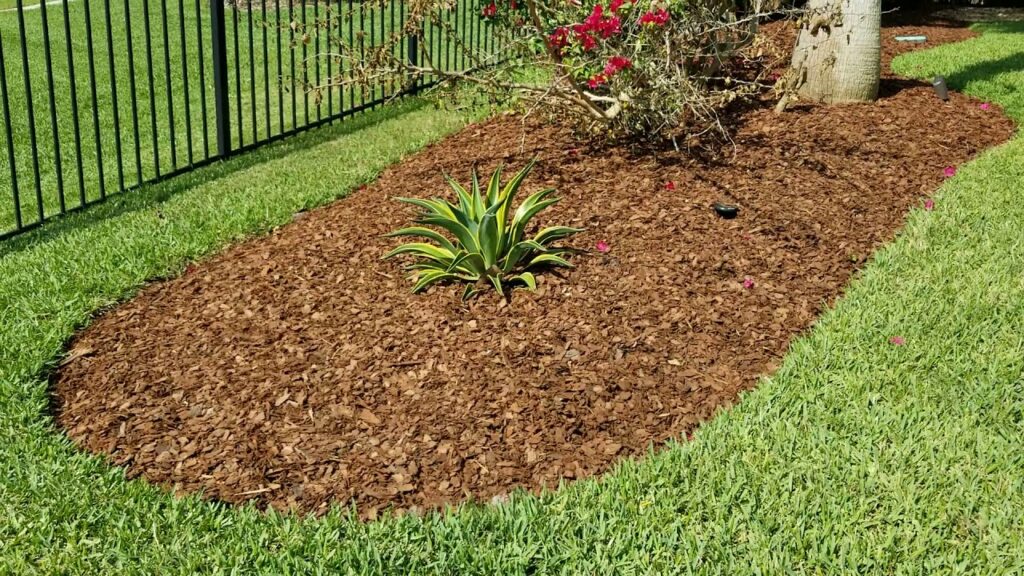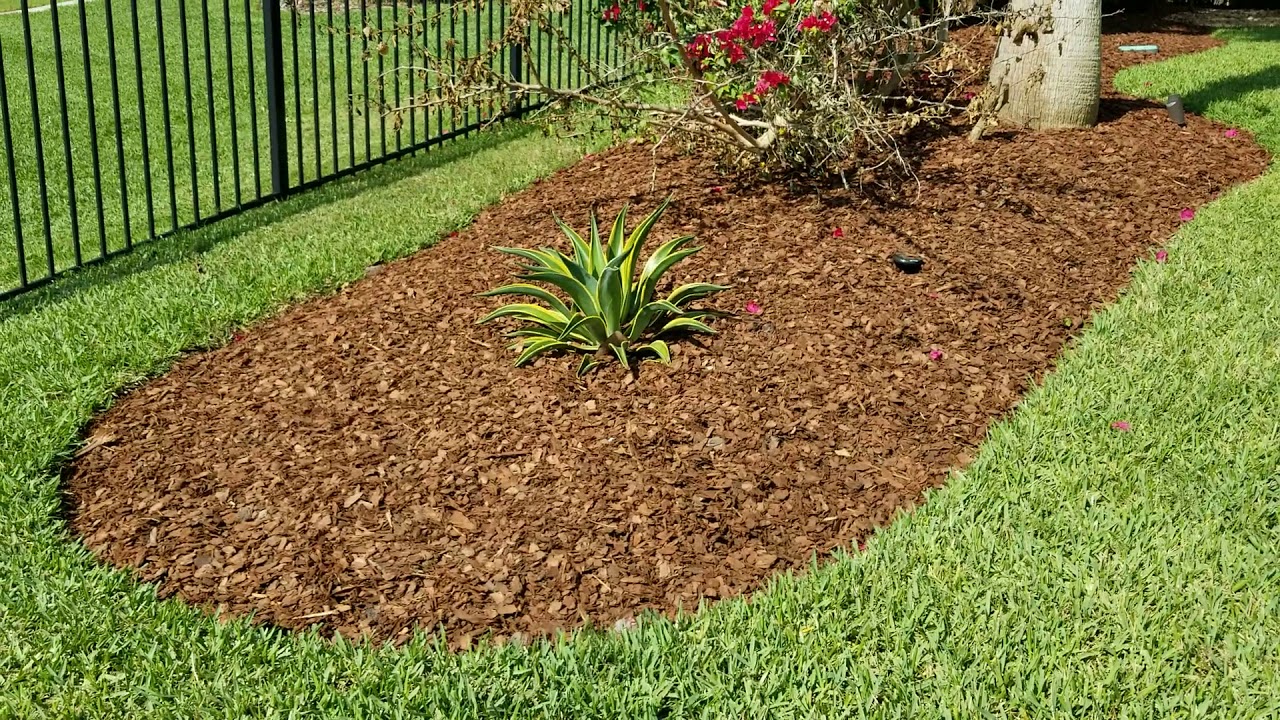
Bark Landscaping: A Comprehensive Guide to Mulch, Benefits, and Installation
Bark landscaping, often involving the use of bark mulch, is a popular and effective way to enhance the aesthetic appeal and health of gardens and outdoor spaces. From suppressing weeds to retaining moisture, bark offers a multitude of benefits for homeowners and landscaping professionals alike. This comprehensive guide explores the various types of bark mulch, their advantages, and the proper techniques for installation, ensuring your bark landscaping project is a resounding success.
Understanding Bark Mulch
Bark mulch is derived from the outer layer of trees, typically sourced as a byproduct of the lumber industry. It comes in various forms, each with unique characteristics that cater to different landscaping needs. Understanding these differences is crucial for selecting the right type of bark for your specific project. Common types include shredded bark, bark nuggets, and pine bark.
Types of Bark Mulch
- Shredded Bark: This type of bark mulch is finely ground, creating a consistent texture ideal for weed suppression and moisture retention. Shredded bark decomposes relatively quickly, enriching the soil as it breaks down.
- Bark Nuggets: Larger pieces of bark, often referred to as nuggets, offer a more rugged, natural look. Bark nuggets decompose slower than shredded bark, making them a longer-lasting option. They’re particularly suitable for pathways and play areas.
- Pine Bark: Derived from pine trees, pine bark is known for its slightly acidic pH, making it beneficial for acid-loving plants such as azaleas, rhododendrons, and blueberries. Pine bark also improves soil drainage and aeration.
Benefits of Using Bark in Landscaping
The advantages of incorporating bark into your landscaping extend far beyond aesthetics. Bark mulch provides numerous practical benefits that contribute to the overall health and vitality of your garden.
Weed Suppression
One of the primary benefits of bark mulch is its ability to suppress weed growth. By creating a physical barrier, bark mulch prevents sunlight from reaching weed seeds in the soil, inhibiting their germination. This reduces the need for herbicides and manual weeding, saving time and effort.
Moisture Retention
Bark mulch helps retain moisture in the soil by reducing evaporation. This is particularly important during hot, dry periods, as it minimizes the need for frequent watering. Retaining moisture also helps to regulate soil temperature, protecting plant roots from extreme heat and cold.
Soil Enrichment
As bark mulch decomposes, it gradually adds organic matter to the soil, improving its structure and fertility. This organic matter enhances water drainage and aeration, creating a healthier environment for plant roots. The decomposition process also releases essential nutrients into the soil, benefiting plant growth.
Erosion Control
Bark mulch helps to prevent soil erosion by acting as a protective layer against wind and rain. This is especially important on slopes and in areas prone to heavy rainfall. By stabilizing the soil, bark mulch helps to maintain the integrity of your landscaping.
Aesthetic Appeal
Beyond its practical benefits, bark mulch enhances the aesthetic appeal of your garden. It provides a uniform, natural look that complements plants and other landscaping elements. Bark mulch is available in various colors and textures, allowing you to customize the look of your outdoor space. The visual appeal of well-maintained bark landscaping can significantly increase curb appeal and property value.
Choosing the Right Bark for Your Landscaping Project
Selecting the appropriate type of bark is crucial for achieving the desired results in your landscaping project. Consider the following factors when making your selection:
Plant Type
Different plants have different soil requirements. Acid-loving plants benefit from pine bark, while other plants may thrive with shredded bark or bark nuggets. Consider the specific needs of your plants when choosing your bark mulch.
Climate
In drier climates, moisture retention is a key consideration. Shredded bark is often a good choice for retaining moisture, while bark nuggets may be more suitable for areas with heavy rainfall, as they provide better drainage. The climate will influence how quickly the bark breaks down, so this should be considered as well.
Budget
The cost of bark mulch varies depending on the type and quantity. Shredded bark is typically more affordable than bark nuggets, while specialized barks like pine bark may be more expensive. Determine your budget before making a purchase.
Aesthetic Preferences
Consider the overall look you want to achieve in your landscaping. Bark nuggets offer a more rustic appearance, while shredded bark provides a cleaner, more uniform look. Choose a bark that complements your plants and other landscaping elements.
Installing Bark Mulch: A Step-by-Step Guide
Proper installation is essential for maximizing the benefits of bark mulch. Follow these steps to ensure a successful bark landscaping project.
Preparation
Before installing bark mulch, prepare the area by removing any existing weeds, debris, and rocks. Level the soil surface and ensure proper drainage. This will create a clean and even base for the mulch.
Application
Spread the bark mulch evenly over the prepared area to a depth of 2-4 inches. Avoid piling mulch directly against plant stems or tree trunks, as this can promote rot. Leave a small gap around the base of each plant to allow for air circulation. Consider the type of bark being used; finer shredded bark can be applied in thinner layers than nugget bark.
Maintenance
Regular maintenance is necessary to keep your bark mulch looking its best. Replenish the mulch as needed to maintain the desired depth. Remove any weeds that may emerge and rake the mulch periodically to keep it looking fresh. Over time, the bark will decompose and require replacement to continue providing its benefits.
Common Mistakes to Avoid
While bark landscaping is relatively straightforward, there are some common mistakes to avoid:
Over-Mulching
Applying too much mulch can suffocate plant roots and create an environment conducive to pests and diseases. Stick to the recommended depth of 2-4 inches.
Volcano Mulching
Piling mulch against tree trunks, known as volcano mulching, can lead to root rot and other problems. Keep mulch away from the base of trees.
Using Contaminated Mulch
Ensure that the bark mulch you use is free from contaminants such as weed seeds, pests, and diseases. Purchase mulch from a reputable supplier. Using contaminated mulch can negate all the benefits it provides and potentially harm your existing plants.
The Future of Bark Landscaping
As sustainability becomes increasingly important, the use of bark in landscaping is likely to grow. Bark is a renewable resource that can help reduce waste and promote environmentally friendly practices. Innovations in bark processing and application are also likely to emerge, further enhancing the benefits of bark mulch. Exploring options such as dyed bark or recycled bark products can also contribute to more sustainable landscaping practices.
Conclusion
Bark landscaping offers a practical and aesthetically pleasing solution for enhancing gardens and outdoor spaces. By understanding the different types of bark mulch, their benefits, and proper installation techniques, you can create a thriving and beautiful landscape. From weed suppression and moisture retention to soil enrichment and erosion control, bark mulch provides a multitude of advantages that contribute to the overall health and vitality of your garden. Embrace the power of bark landscaping and transform your outdoor space into a haven of beauty and sustainability. Proper bark landscaping starts with research and planning, ensuring the right type of bark is selected and installed correctly. The result is a healthy, attractive, and sustainable landscape that benefits both the homeowner and the environment. Consider consulting with a professional landscaper for personalized advice and assistance with your bark landscaping project. [See also: Garden Mulch Options] [See also: Benefits of Wood Chips in Landscaping]

